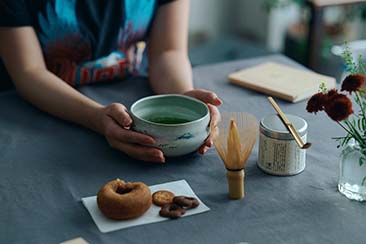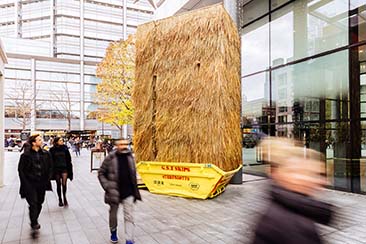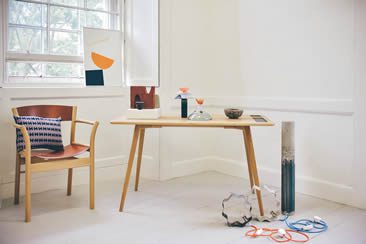We each absorb experiences and sensations from the moment we are born, and our childhood influences naturally play an important — and in some cases defining — role in our adult lives. This would seem to hold especially true for visual artists, who often cite specific incidents from memory as a catalyst for their overall creative paths, as direct influences on a particular piece of work, or as having played a key role in the development of their aesthetic style.
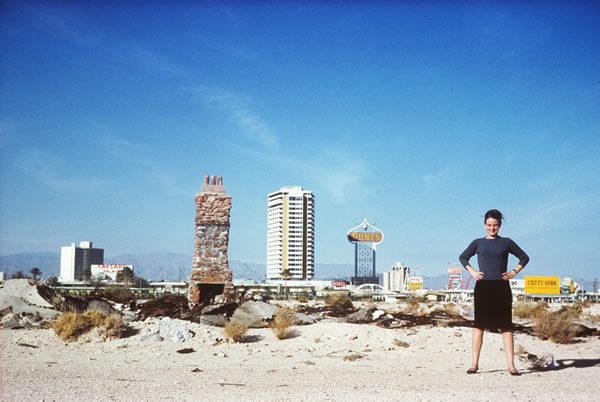
Denise Scott Brown in the Las Vegas Desert with the Strip behind her, 1966, courtesy Archives of Robert Venturi and Denise Scott Brown
Writer and curator Clare Farrow was curious to dig deeper into the link between memory and creativity. She sat down with six leading architects and designers to discuss the topic, and has compiled her interviews, together with visual material from her subjects, to present the exhibition Childhood ReCollections: Memory in Design at the Roca London Gallery.
The gallery’s architect, Zaha Hadid, is one of the six who have participated, alongside Kengo Kuma; Daniel Libeskind; Nieto Sobejano; Denise Scott Brown and Philip Treacy. The multi-sensory show, described as an “interactive cabinet of curiosities”, features photographs; objects; materials; scents; film and music from the past, plus examples illustrating their later influence. Farrow has identified some common themes among the internationally diverse contributors, including the strong impression left by nature and music, the legacy of displacement, and the impact of world events on individual stories. Childhood ReCollections: Memory in Design runs until 23 January 2016.
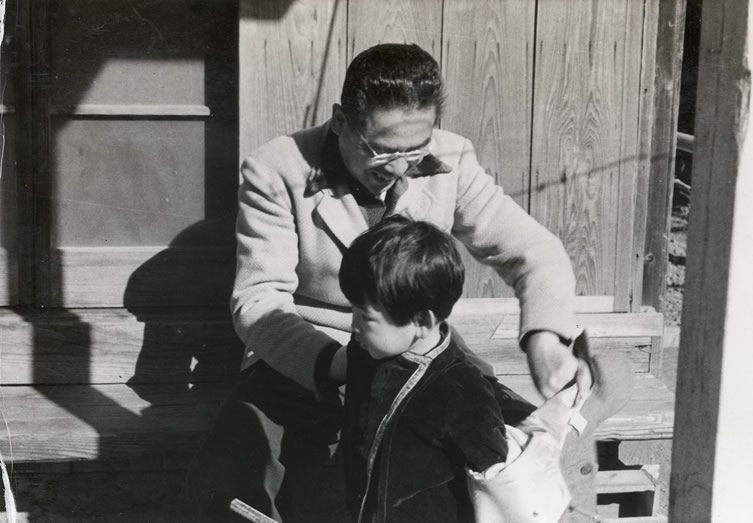
Kengo Kuma with his father on the veranda of their traditional 1930s house in the suburbs of Tokyo, c.1959, photo courtesy Kengo Kuma
Kengo Kuma: “I am a product of the place — of the house and its natural environment. The satoyama in our backyard was mostly bamboo thicket. I used to tread on the ground where the bamboos were growing, and feel the aroma from their leaves.” Text © Clare Farrow
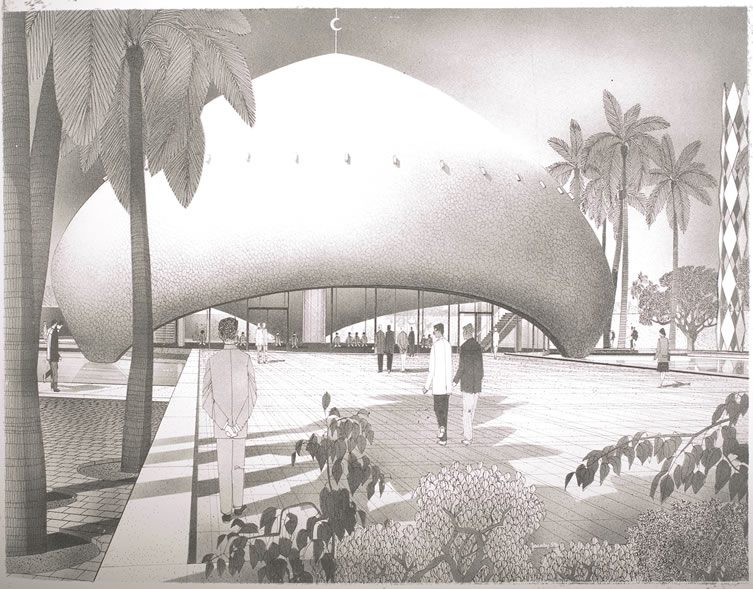
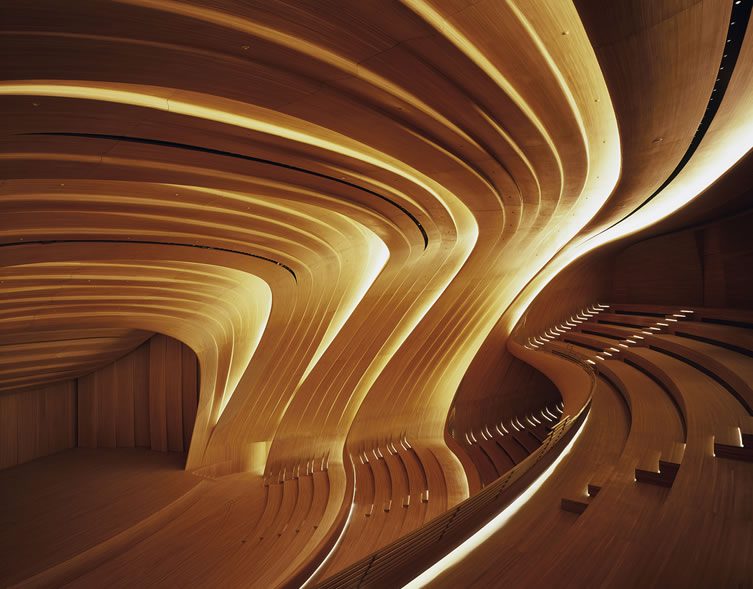
[L] Unidentified Artist, University of Baghdad, c. 1957,
Harvard Art Museums/Busch Reisinger Museum, Gift of Ise Gropius, BRGA.124.12,
courtesy Harvard Art Museums
[R] Heydar Aliyev Centre, Baku, Azerbaijan, 2014,
© Helene Binet, photo courtesy Zaha Hadid Architects, London
Zaha Hadid: “Baghdad used to be a very cosmopolitan place; at the time of my childhood it was undergoing a Modernist influence — the architects Frank Lloyd Wright and Gio Ponti both designed buildings there. As in so many places in the developing world at the time, there was an unbroken belief in progress and a great sense of optimism. If you look back to the 1960s, when I was growing up, it was a moment of nation building; there was a lot of emphasis on architecture, not only in the Arab world but also across South America and Asia.” Text © Clare Farrow

Walter Gropius and the Office Tower of the University of Baghdad, 1967, Harvard Art Museums/Busch Reisinger Museum, Gift of Ise Gropius, BRGA.124.7, courtesy Harvard Art Museums
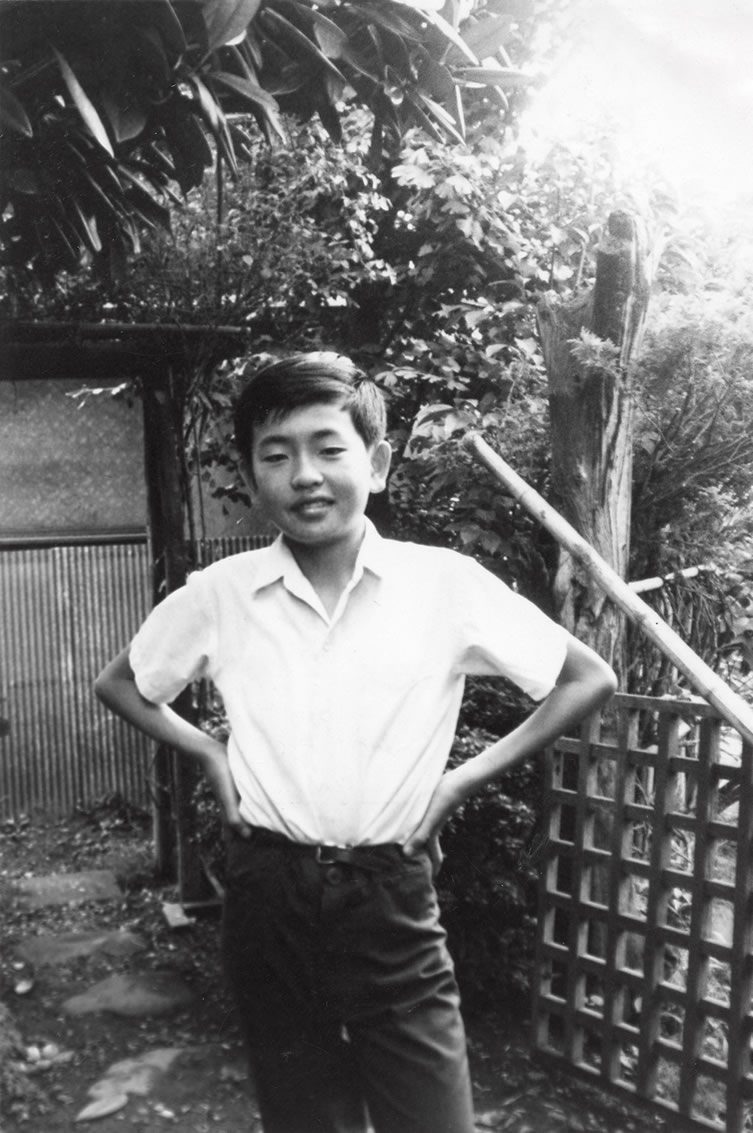
Kengo Kuma as a boy in front of his home
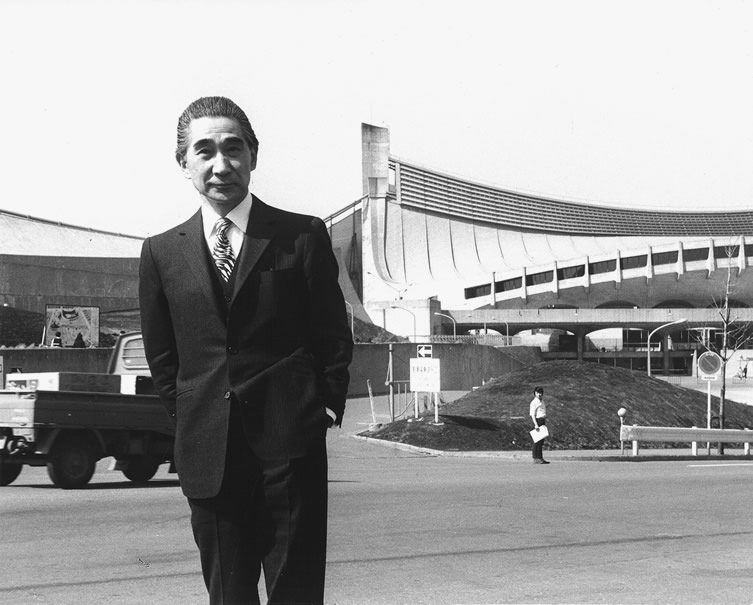
Kenzo Tange in front of his Olympic stadium, Tokyo, 1964, photo courtesy Tange Associates, Tokyo
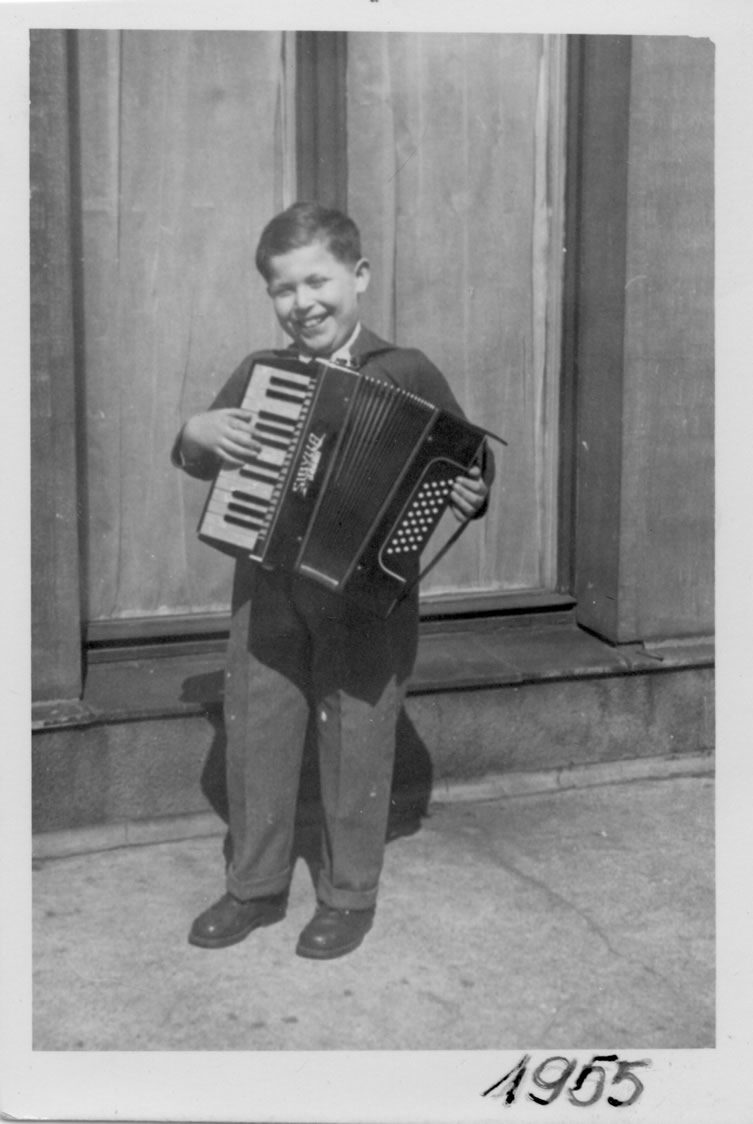
Daniel Libeskind playing his accordion in Lodz, Poland, 1955, aged 9
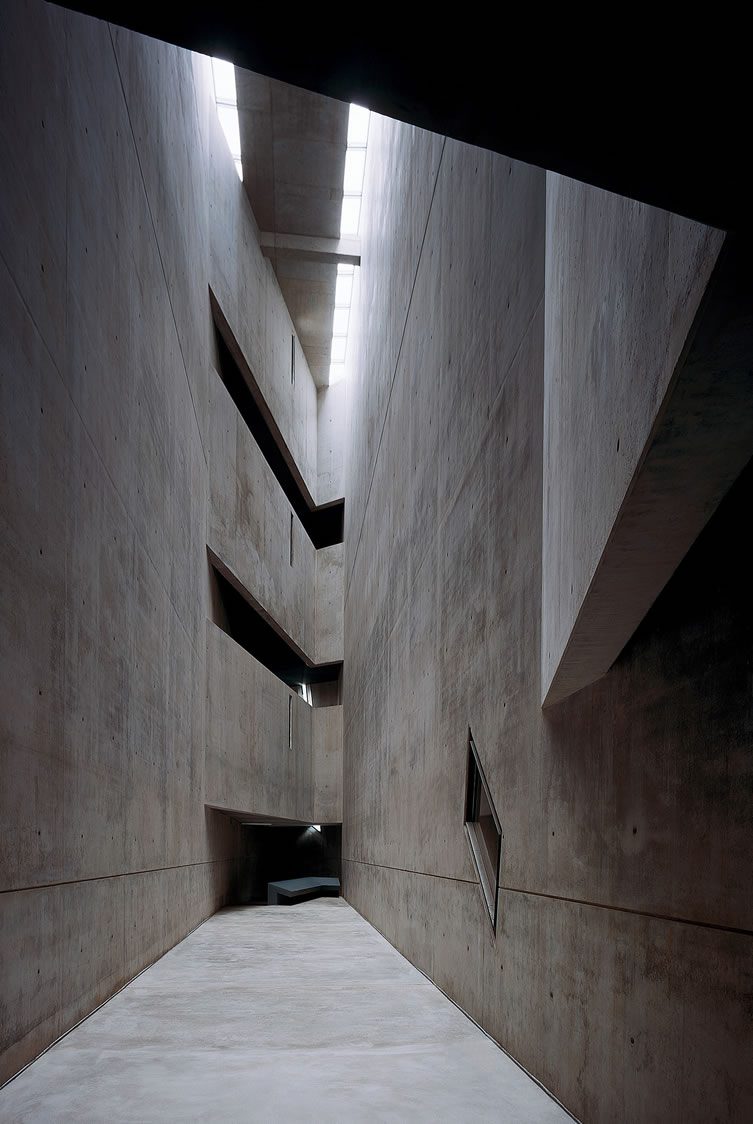
Jewish Museum, Berlin, 2001, photo courtesy Daniel Libeskind Studio, New York
Daniel Libeskind: “The void, the emptiness, was so apparent that you didn’t need to ask the questions. The city of Lodz had a quarter of a million Jews before the war, and there was really nobody left, so it was apparent, even for a child… My parents wanted to, but they were too afraid to bring a piano through the tenement courtyard, because of our terrible neighbours who would say, “You see, here are the rich Jews getting the piano!” So they brought a suitcase, and said to me, ‘Here is the piano, in a suitcase!” Text © Clare Farrow

